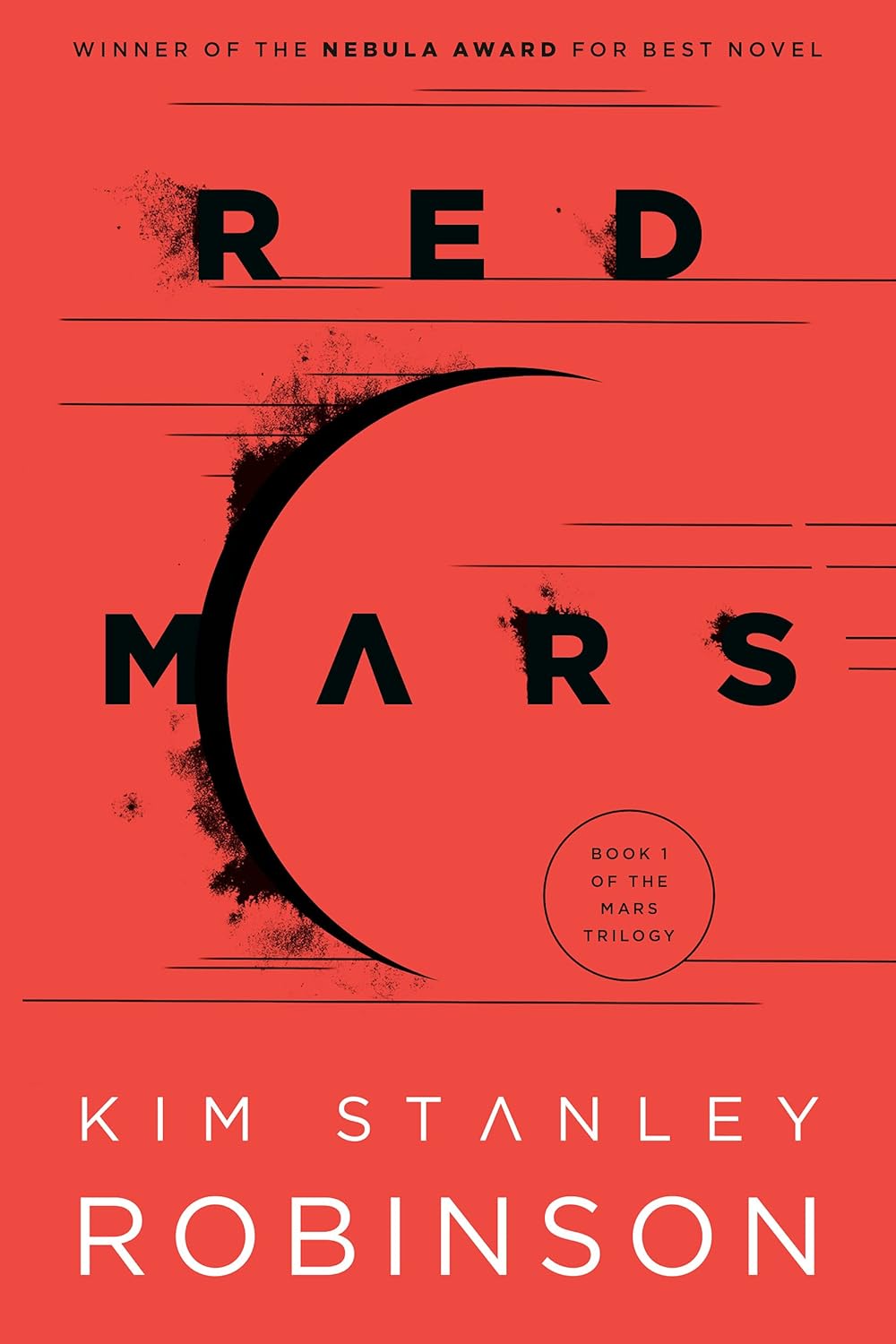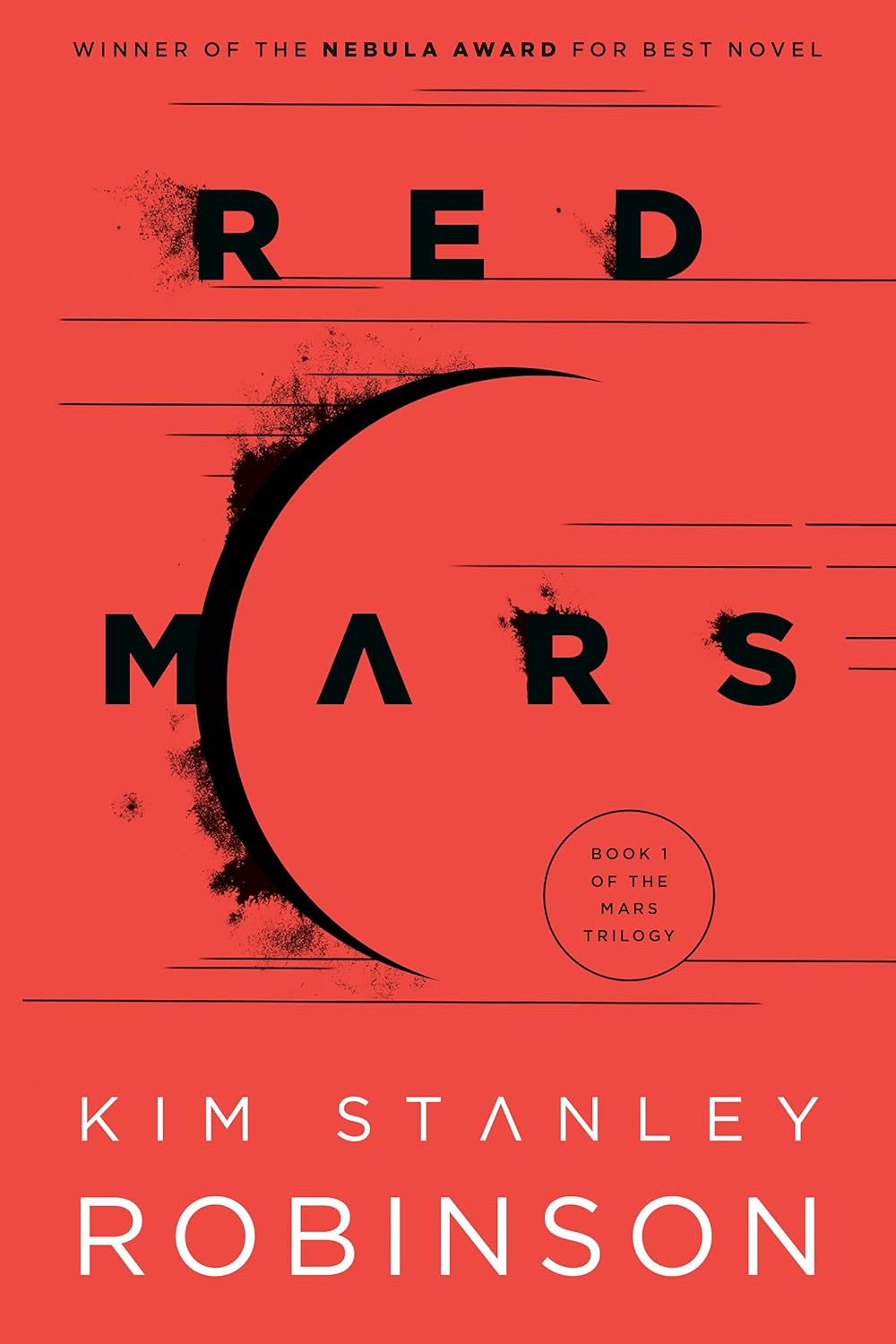I recently finished Red Mars, the first book in Kim Stanley Robinson’s acclaimed trilogy about colonizing the red planet. With a passion for science fiction and a curiosity about Mars, I dove into this Nebula Award-winning novel, intrigued by its ambitious premise and depth of exploration.
Red Mars chronicles the journey of the first hundred colonists as they attempt to transform Mars into a more Earth-like planet. The ambition is significant—placing giant satellite mirrors to reflect sunlight, melting ice caps with black dust, and drilling tunnels into the Martian mantle. As an enthusiast for detailed world-building and scientific detail, I was drawn to the complex conflicts and the ethical dilemmas at play in this near-future society.
One of the book’s highlights is Robinson’s meticulous attention to both the scientific and social aspects of colonization. The descriptions of Mars are vivid; it’s easy to visualize the majestic canyons and vast plains as the story unfolds. Reviewer M and G captures this sentiment perfectly, noting that Red Mars provides “top-notch tribal (then global) politics” against this awe-inspiring backdrop. The political and personal struggles among the colonists are as enthralling as the Martian landscape itself. Each character brings a unique perspective, creating a rich tapestry of interpersonal dynamics that are both believable and compelling.
However, the book is not without its drawbacks. While many praised the depth of character and theme, readers like Stretchkev found the personal struggles and political turmoil at times to be overly dramatic and bogged down the narrative. I found myself occasionally overwhelmed by the extensive discussions of political ideologies and societal structures, which, while interesting, sometimes hindered the pacing of the plot.
Character development is another area where opinions seem divided. Some characters are deeply compelling, each representing different ideologies about how Mars should be handled. I particularly appreciated characters like Frank and Maya, who embody the clash of agendas from Earth. But I did find certain characters can feel a bit one-dimensional or tedious, scanning through some of their lengthy introspections.
The scientific details, while fascinating, can also be dense. As another reviewer, Fayyaz, pointed out, "This is not just a story of survival, but of ambition, ideology, and the cost of building a new society from scratch." Indeed, the hard science woven throughout offers an impressive and believable vision—but it requires investment and patience from the reader.
One of the most intriguing aspects for me was how Robinson addresses the question of whether Mars should be terraformed at all. This ethical dilemma makes for great fodder for reflection on humanity’s relationship with nature, often tugging at my own beliefs about environmental stewardship.
Ultimately, Red Mars is a book that left me excited to explore its sequels, Green Mars and Blue Mars. The world-building and politics not only set the stage for what lies ahead but also made me ponder the consequences of colonizing a new planet, resonating with the complexity of our own societal challenges. While the pacing and character depth can be hit or miss, there’s no denying that Robinson has crafted a truly thought-provoking narrative.
In conclusion, I would recommend Red Mars to anyone who loves intricate science fiction grounded in scientific realism and engaging friendship dynamics. However, potential readers should brace for a slower pace and be ready to dive deep into political and ethical debates. My overall experience was stellar enough to warrant a solid four stars. This journey through Mars is one worth taking if you enjoy thinking critically about humanity’s future among the stars.








